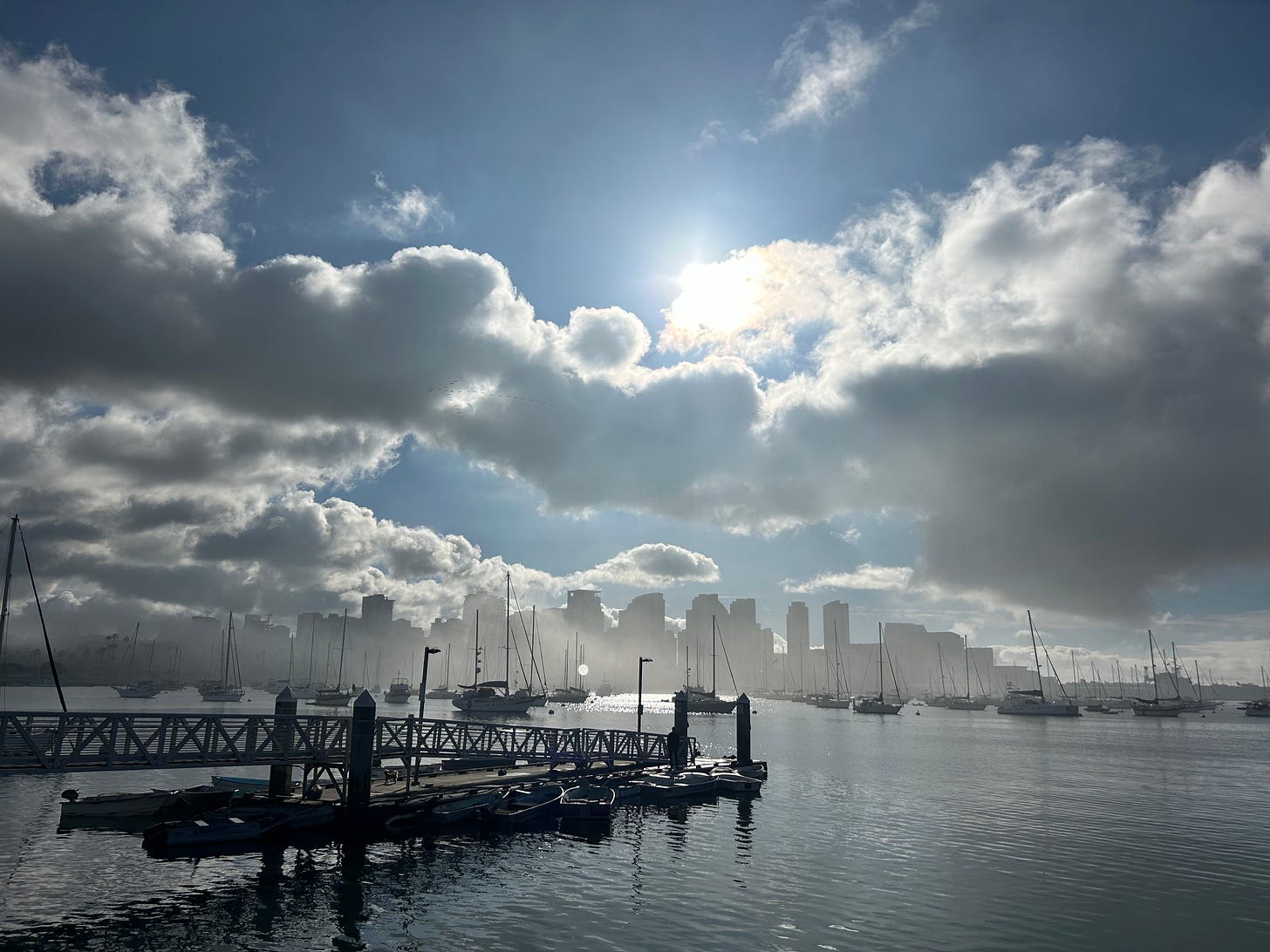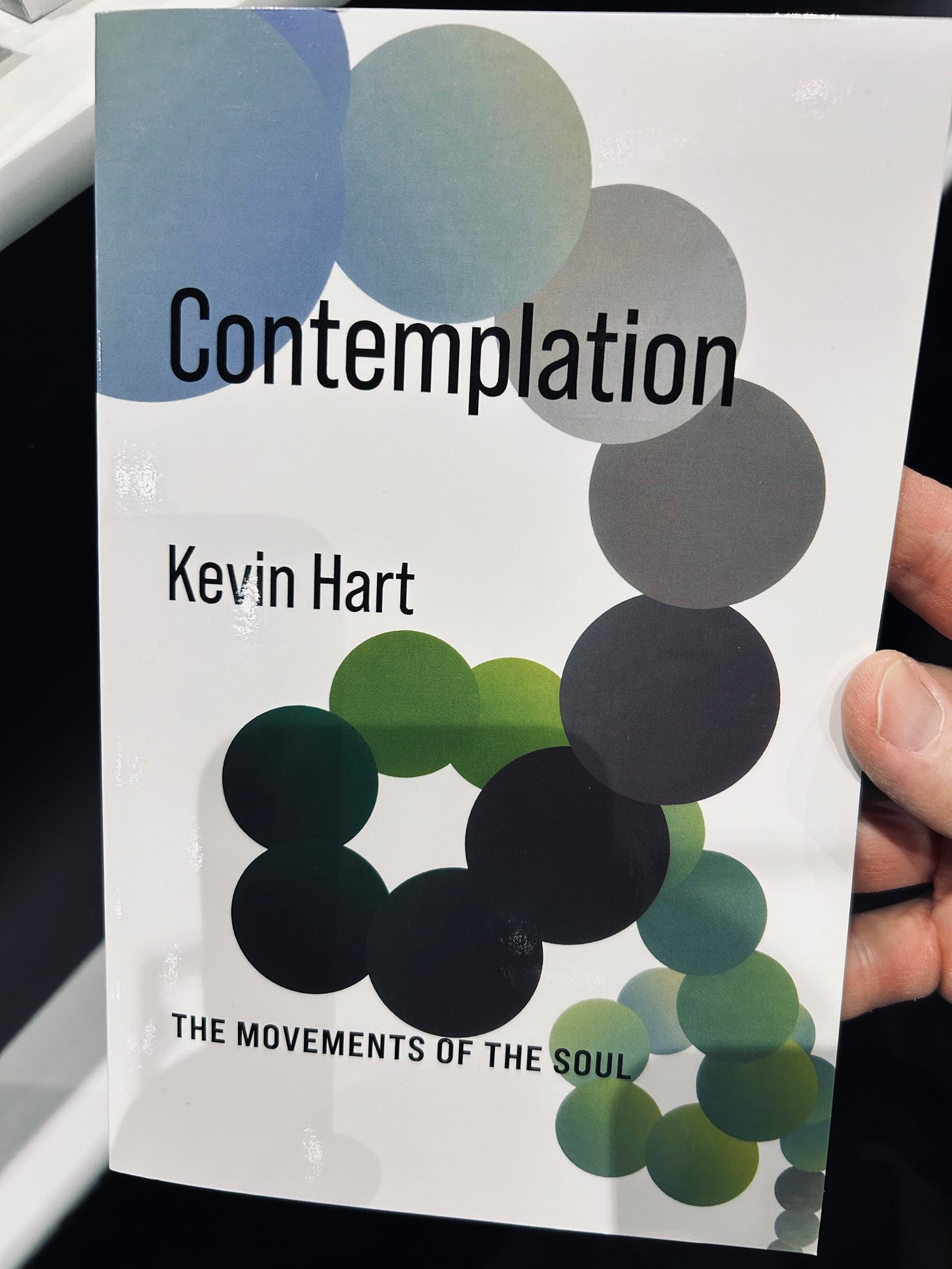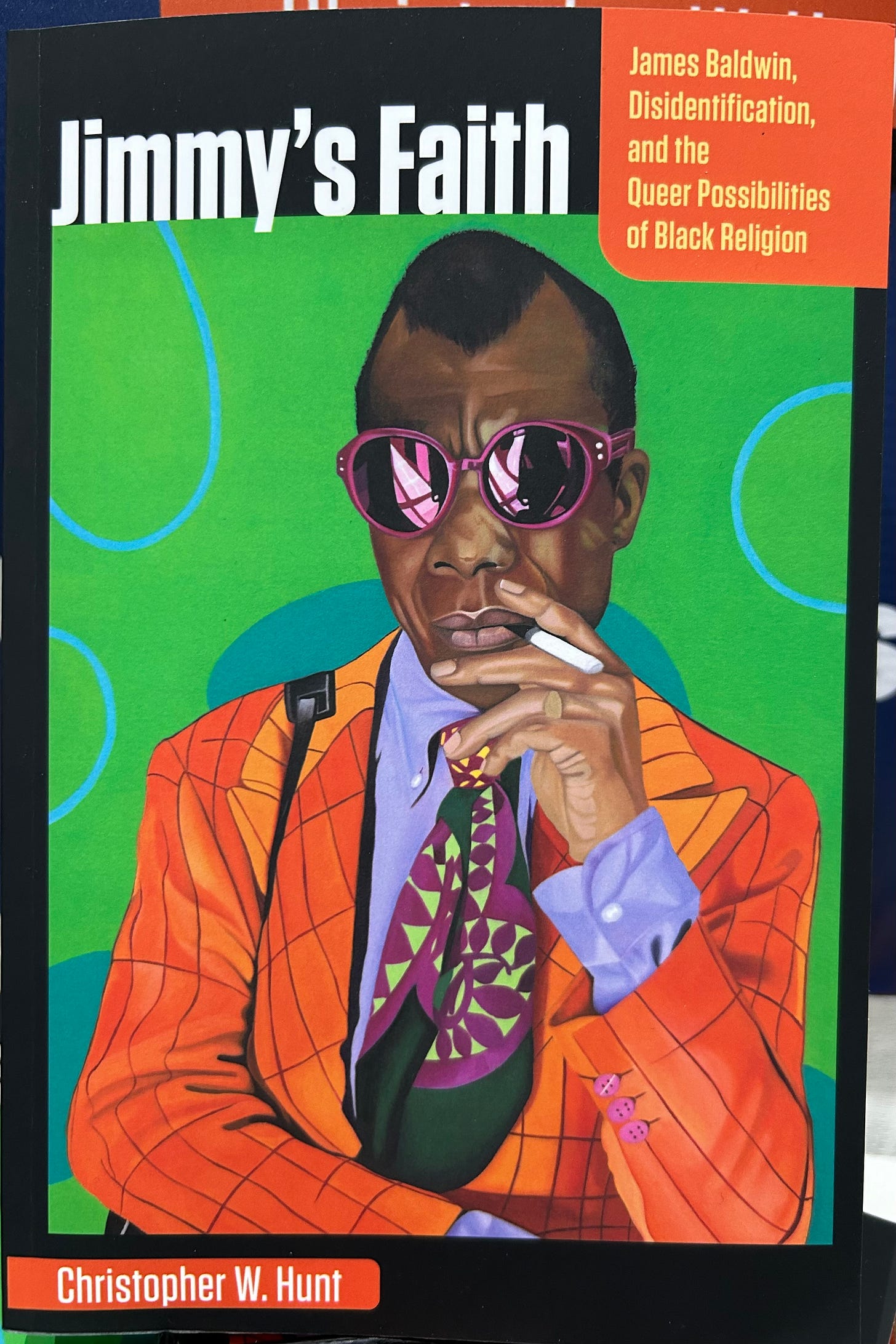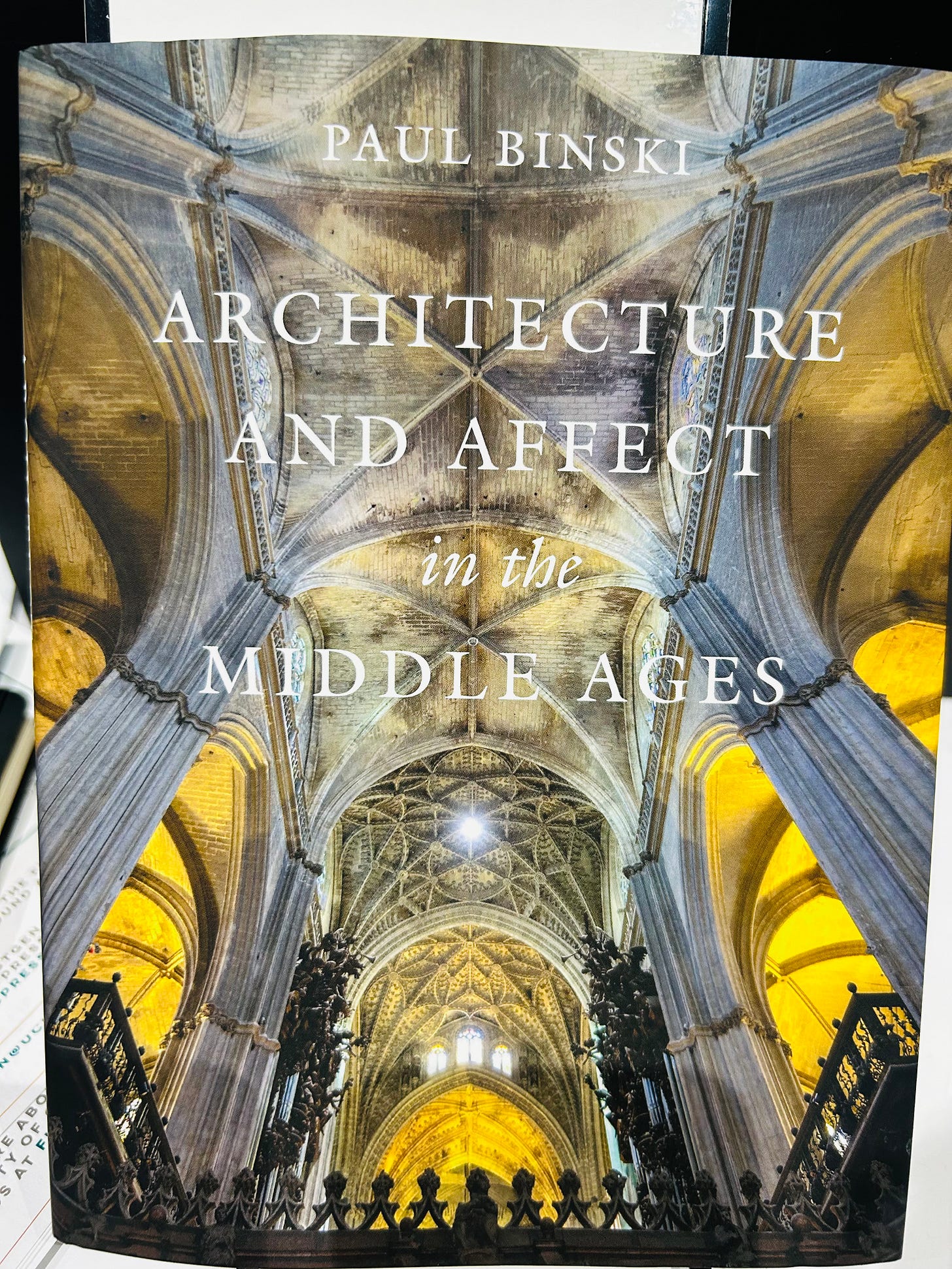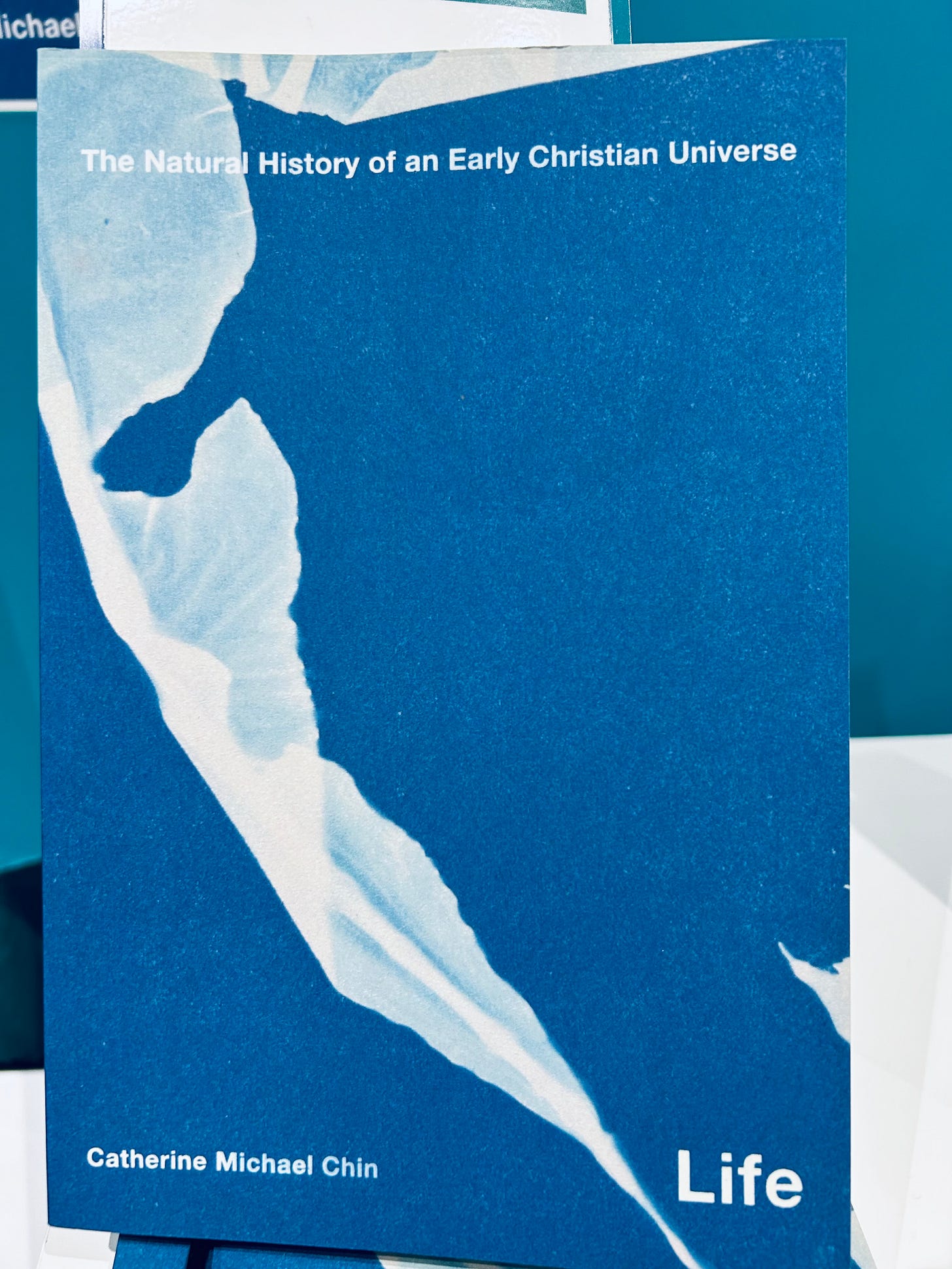Browsing the book exhibit at the American Academy of Religion
If I had a million dollars and three lifetimes
Event Note
I’ll be joining the staff of the Augustinian Institute at Villanova University for an online webinar discussing two freshly translated works on lying. In our age of dis- and misinformation, “The Case Against Lies: Wisdom from Augustine” will be a timely conversation about truthfulness and deception. Happening online on Dec. 11 at 7pm EST. Registration is free.
Intellectual Drooling
We are in San Diego where I am attending the American Academy of Religion—the annual professional meeting of scholars in religious studies, biblical studies, and theology. It is quite a circus. (On the first night we planted ourselves in the lobby bar and Deanna played a game she called Guess the religions profs.) Saturday I was part of a panel discussion on Peter Harrison’s important new book, Some New World: Myths of Supernatural Belief in a Secular Age. (Watch for a published version of the symposium in Philosophy, Theology, and the Sciences.)
Some scholars love coming to AAR to connect with old friends. When I’m here, I always remember that I don’t really have a “tribe” in that way. I think I’m OK with that.
But attendees also love spending time in the sprawling book exhibit where publishers often offer steep discounts. (The trick is packing in such a way that you have room in your suitcase for the haul.) There’s usually some buzz around a book or two, but otherwise it is a fascinating way to see trends in scholarship across an array of disciplines.
I had some opportunity to browse part of the exhibit yesterday and found myself fascinated by a marvelous range of books. Sadly, it is hard to find time to devote to these books, and harder to justify the expenditure. But I decided to just grant my curiosity range for a little bit and let myself become absorbed by things outside my expertise—to let myself enjoy a few moments of absorption without that translating into some obligation to buy or read the books (but who knows!?). Here are a few that caught my eye:
Having just finished my own book on mysticism, art, and the contemplative tradition, I was intrigued to see that Kevin Hart (the other one) has a new book on Contemplation: The Movements of the Soul. This looks like philosophy in the best tradition of spiritual counsel. (I was also interested to see it is part of a new series edited by Costica Bradatan, who used to be my editor at the Los Angeles Review of Books.)
We Take Care of our Own: Faith, Class, and Politics in the Art of Bruce Springsteen by June Skinner Sawyers (with an afterword by Andre Dubus III!). [Note to loved ones: this would make a great Christmas gift!] In his memoir, Born to Run, we learned how Springsteen’s Catholic upbringing shaped him and lingers in his imaginary. This book explores this more deeply and unpacks the socio-political spillover of his corpus.
Peter E. Gordon, A Precarious Happiness: Adorno and the Sources of Normativity. I recently read a fantastic article by Gordon on the debate between Karl Löwith and Hans Blumenberg about the il/legitimacy of modernity’s theological debts. This comprehensive book on Adorno looks like a crowning achievement.
Words Made Fresh: Formations of the Postsecular in British Romanticism by Sean Dempsey. I’ve been engaging a lot with Romanticism given my current work on Hegel and a nascent project on naturalism & meaning-making. This took me back to M.H. Abrams’ classic study, Natural Supernaturalism. Dempsey’s book is a contemporary critical engagement with this framework.
Christopher W. Hunt, Jimmy’s Faith: James Baldwin, Misidentification, and the Queer Possibilities of Black Religion. OK, this one I might have to buy. Considers the enduring ways that Baldwin’s religious inheritance shaped his thinking and identity.
Architecture and Affect in the Middle Ages by Paul Binski. This gorgeous artifact = coffee table book + academic treatise. In a series of lectures, Binski shifts the analysis of medieval cathedrals from an “objective” focus on architectural elements to a “subjective” focus on how the spaces were experienced by pilgrims and worshipers. Looks utterly absorbing.
Catherine Michael Chin, Life: The Natural History of an Early Christian Universe. I adore books that, by defying genre, effectively create their own—a genre of one. This looks to be one of those books. The author is both a classics scholar and a multidisciplinary artist and this book draws on both. The back cover description gives some sense of this:
Life immerses the reader in the cosmic sea of existences that made up the late ancient Mediterranean world. Loosely structured around events in the biography of one early Christian writer and traveler, this book weaves together the philosophical, religious, sensory, and scientific worlds of the later Roman Empire to tell the story of how human lives were lived under different natural and spiritual laws than those we now know today.
This book takes a highly literary and sensory approach to its subject, evoking an imagined experience of an ancient natural and supernatural world, rather than merely explaining ancient thought about the natural world. It mixes visual and literary genres to give the reader a sensory and affective experience of a thought-world that is very different from our own. An experimental intellectual history, Life invites readers into the premodern cosmos to experience a world that is at once familiar, strange, and deeply compelling.
So many books, so little time. But maybe there’s something salutary even just in the encounter with such books, a sightseeing tour in different corners of human intellect, a reminder that there is so much to stay curious about. Browsing the book exhibit can be its own little discipline of wonder.




